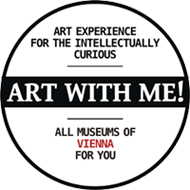A Sense of Non-Loneliness. “Confessions of a Tortured Soul” at the Leopold Museum
The works of the graphic artist and writer Alfred Kubin at the Leopold Museum seem particularly relevant in light of the new war in Europe. Even the blue-and-yellow flag flying next to the exhibition poster demonstrates not only the museum’s solidarity with Ukrainians, but also the new relevance of the themes raised by the exhibition “Confessions of a Tortured Soul”.
War, madness and the nature of evil
It is the theme of war that opens the exhibition. Ruthlessness, horror, pain and helplessness pour out to the viewer from each work. Kubin’s work is presented here surrounded by works by his contemporaries Arnold Böcklin, Gustav Klimt, Edvard Munch, Christian Burns, Hugo Hoppeneg , Ferdinand Knopf and others. In this way graphics is in an ongoing dialogue with the painting and sculpture of his colleagues. And although the color of the paintings and the volume of the sculptures give the viewer the opportunity to relax the eye muscles inevitably strained when examining the details of drawings and graphics, this is no respite at all for the soul and brain of the viewer. After all, in the twentieth century, artists’ parade images for war are almost non-existent and frightening images only change form.
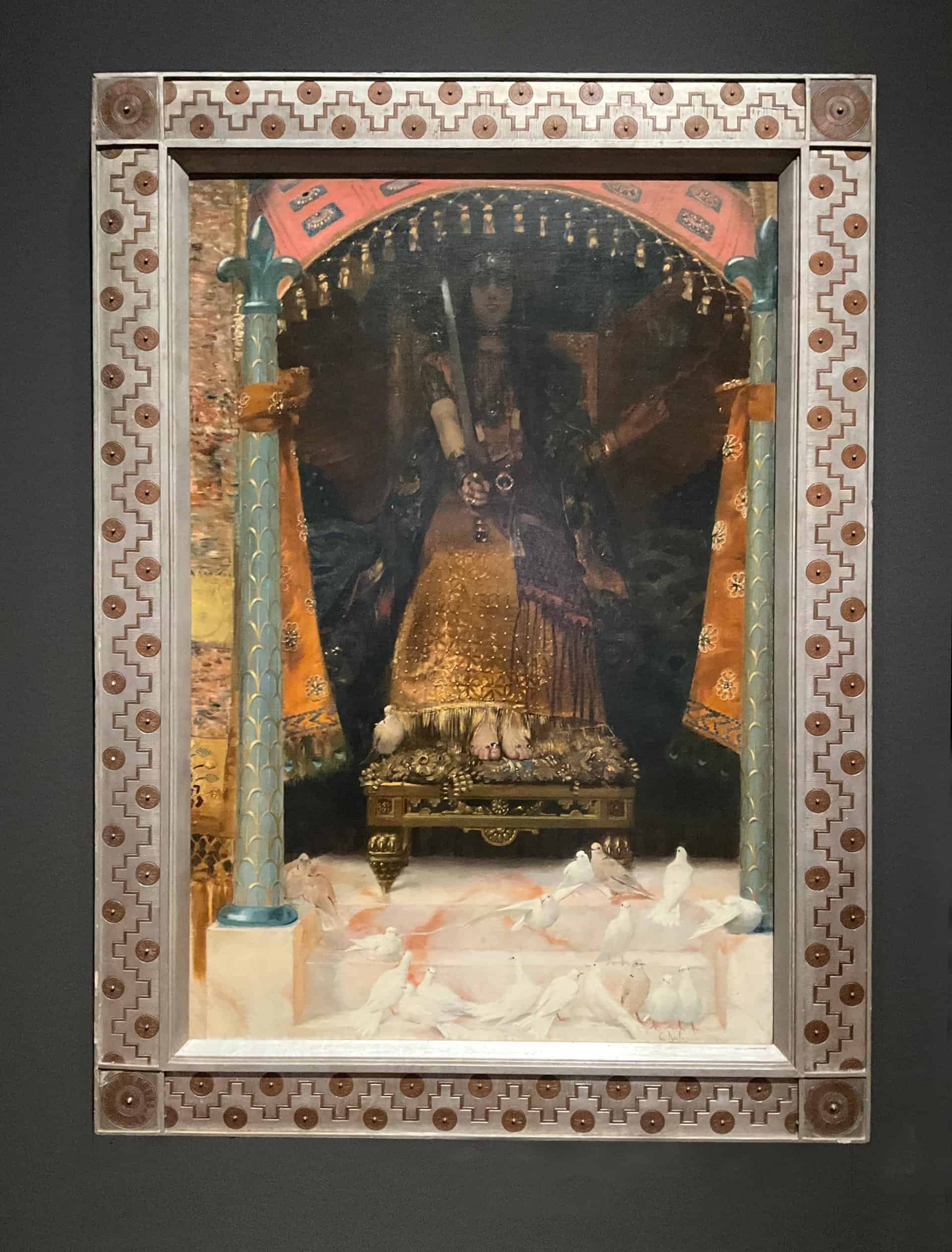
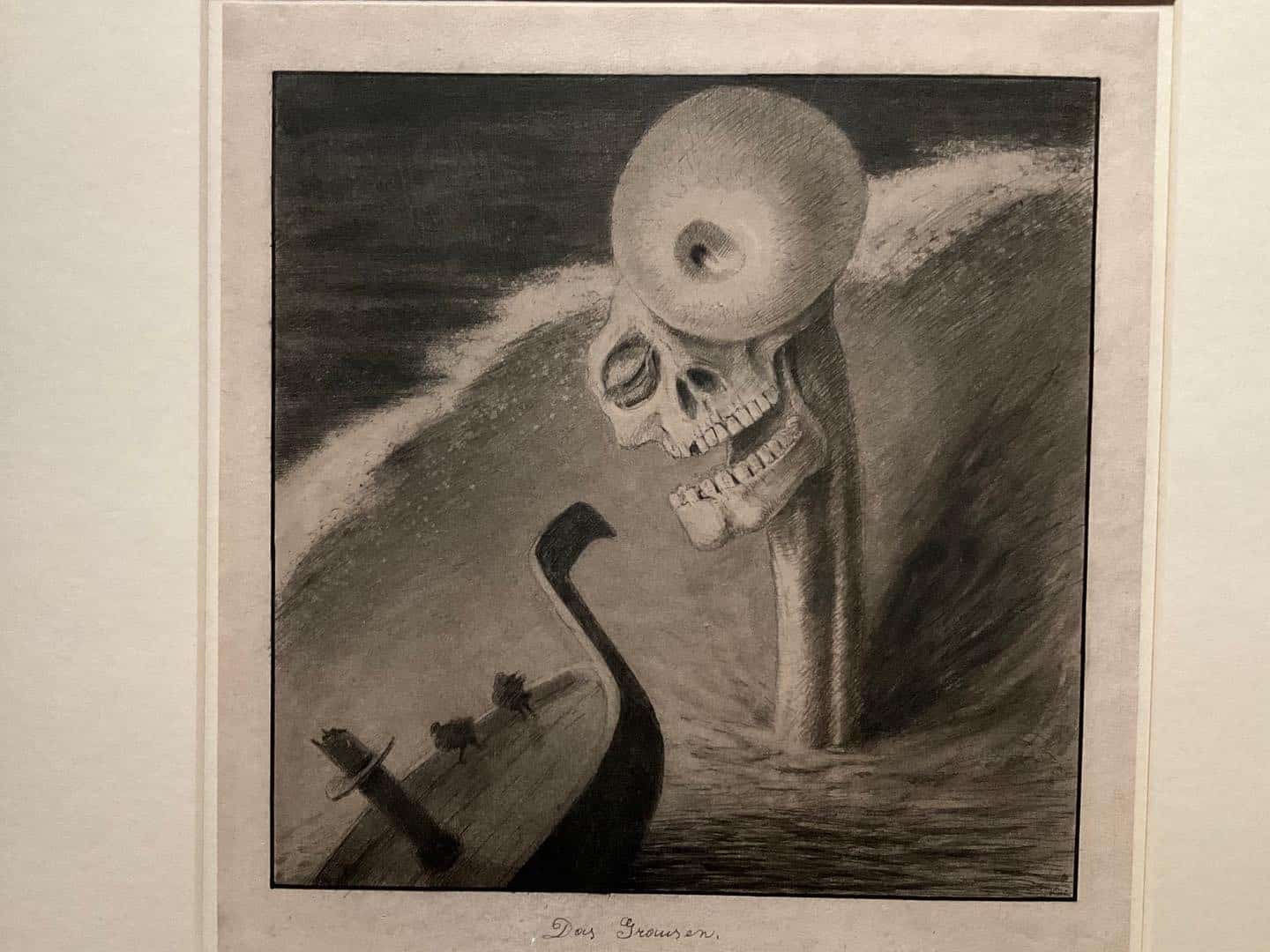
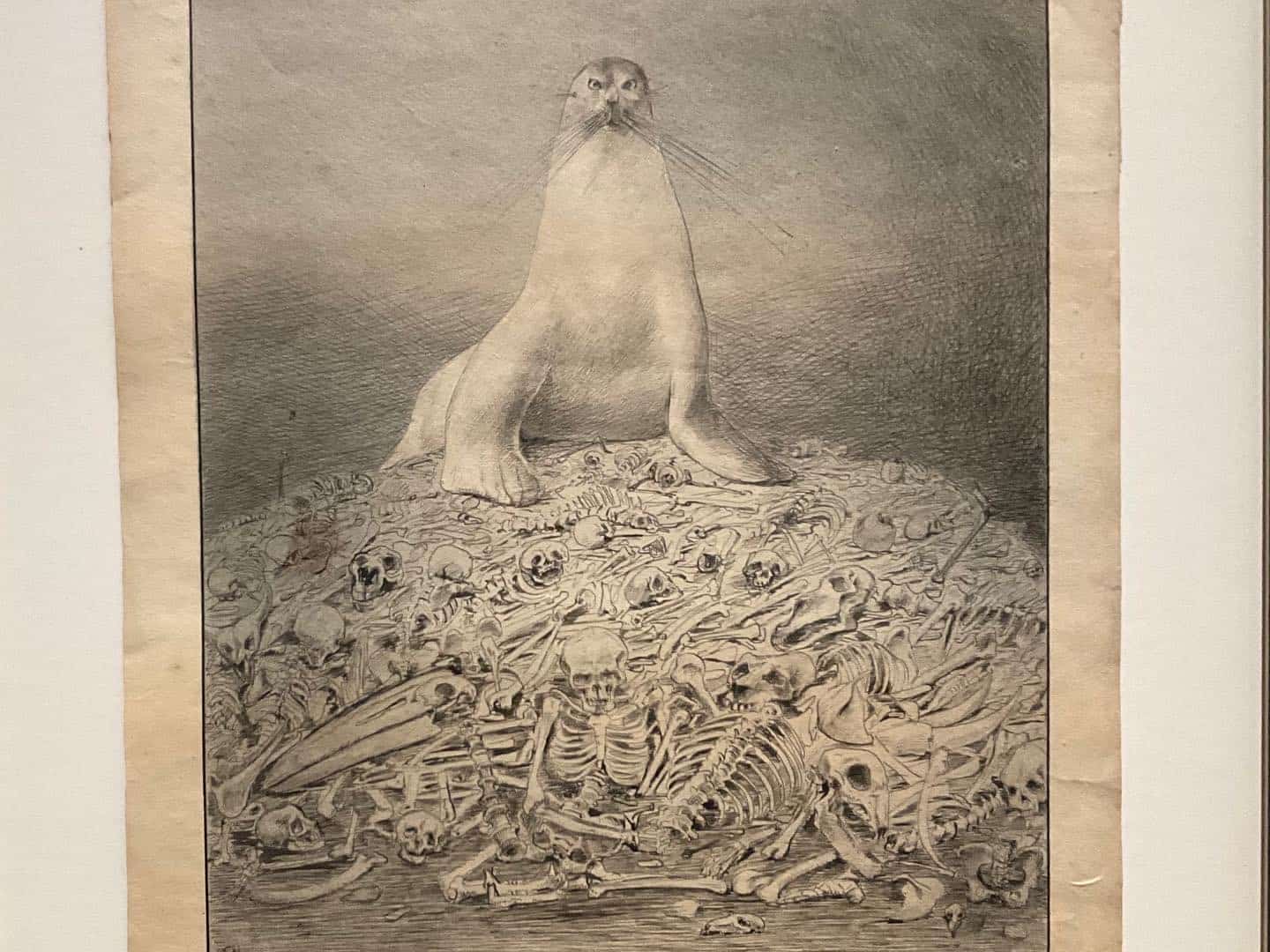
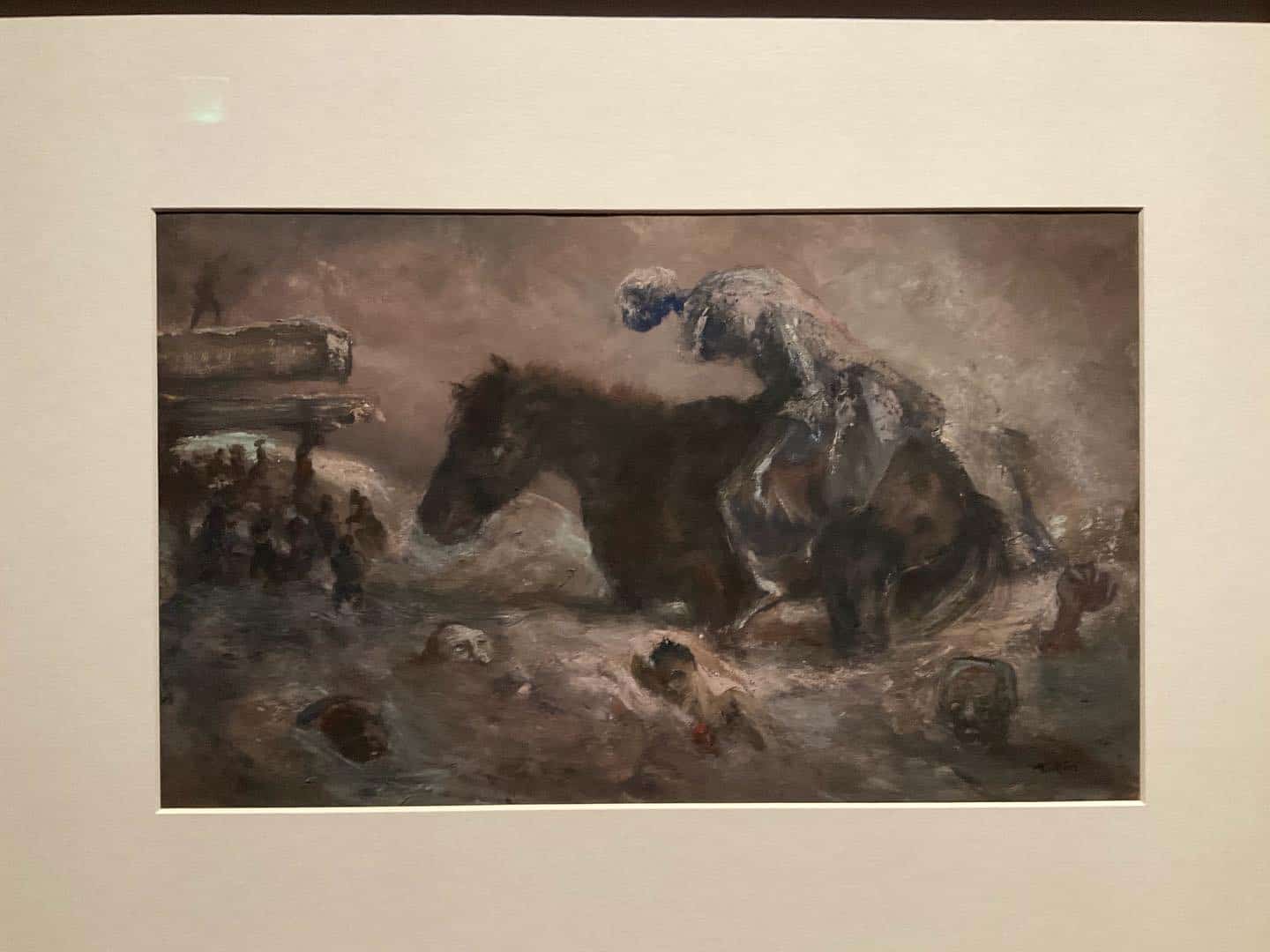
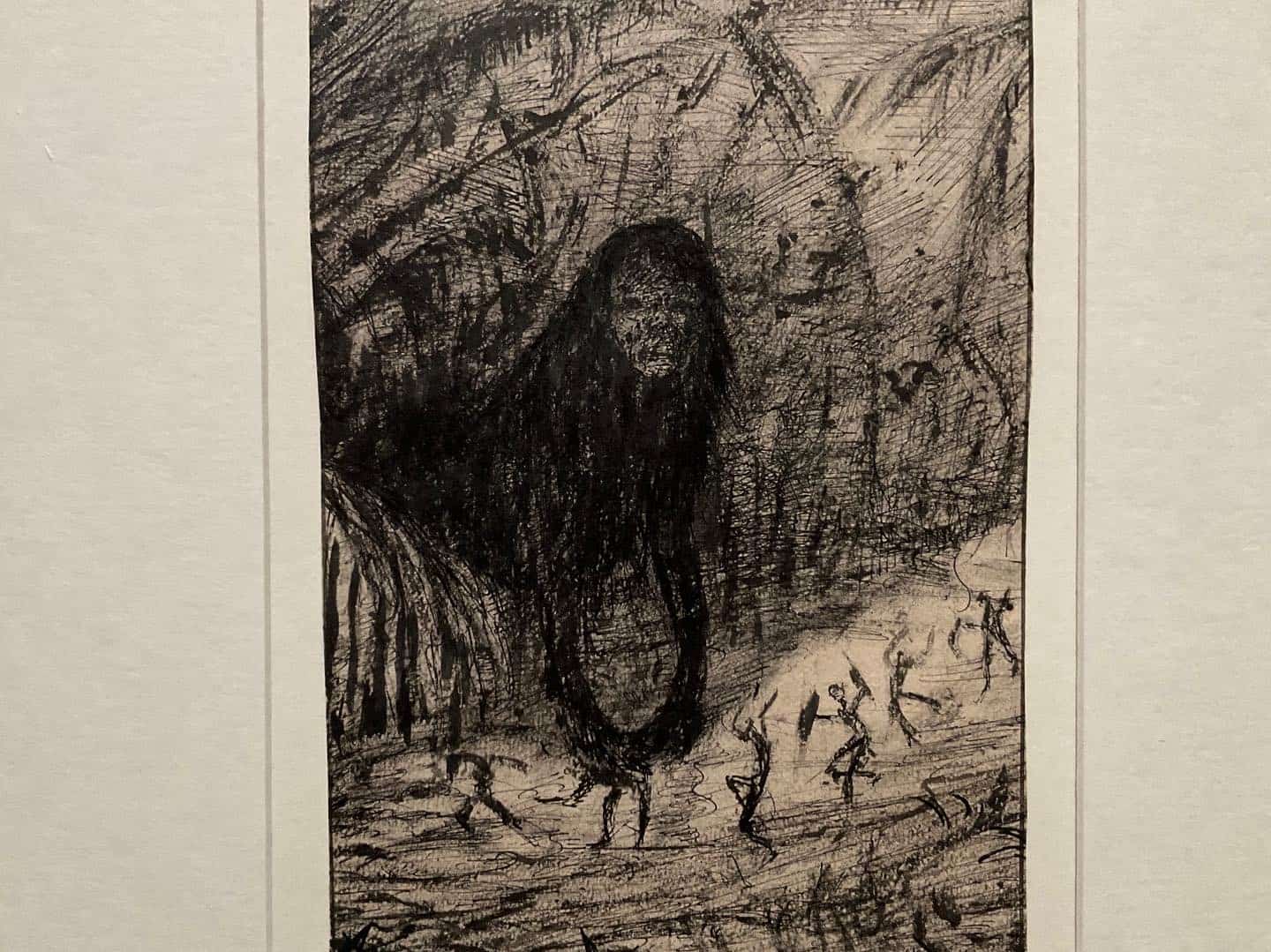
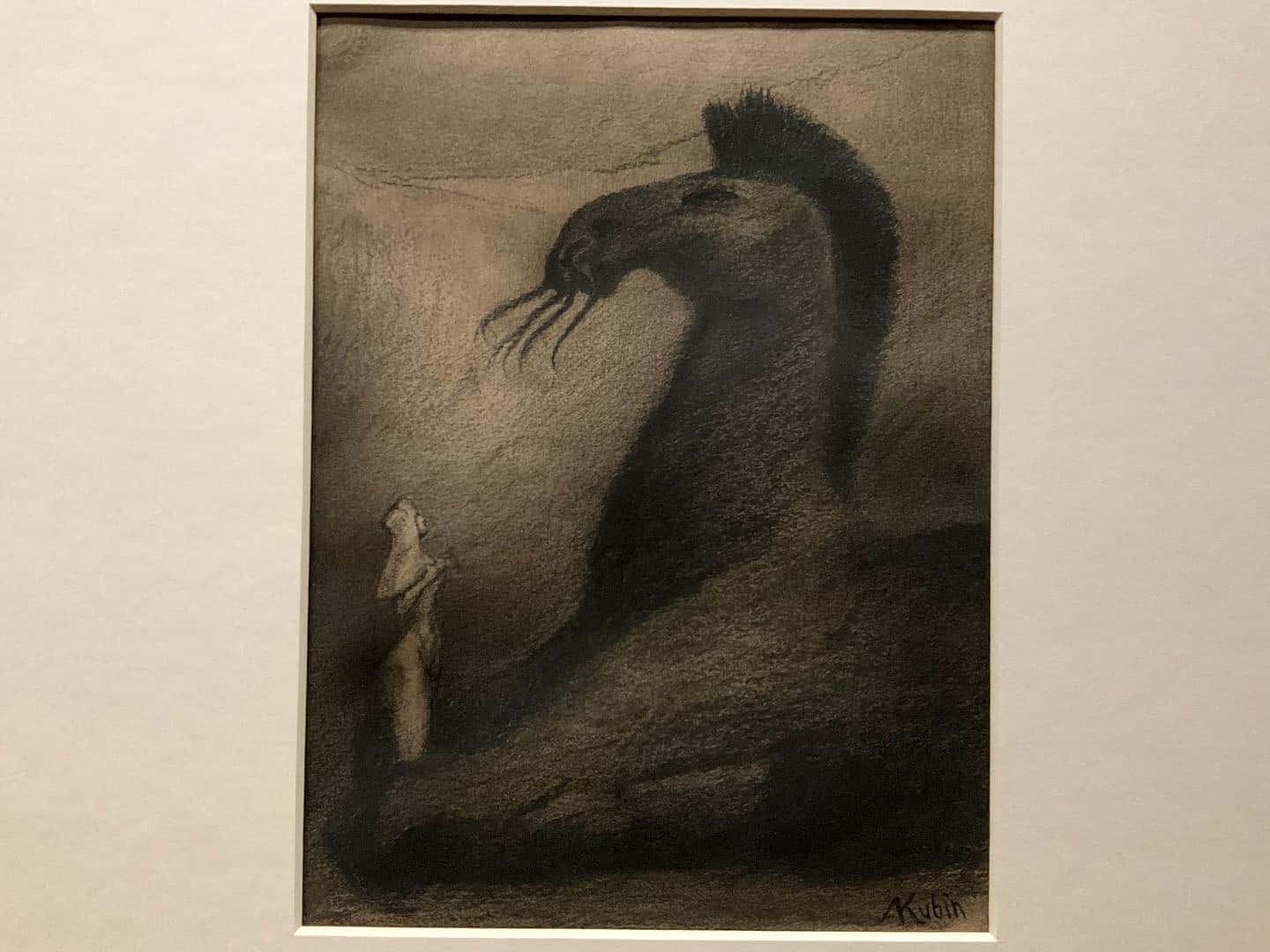
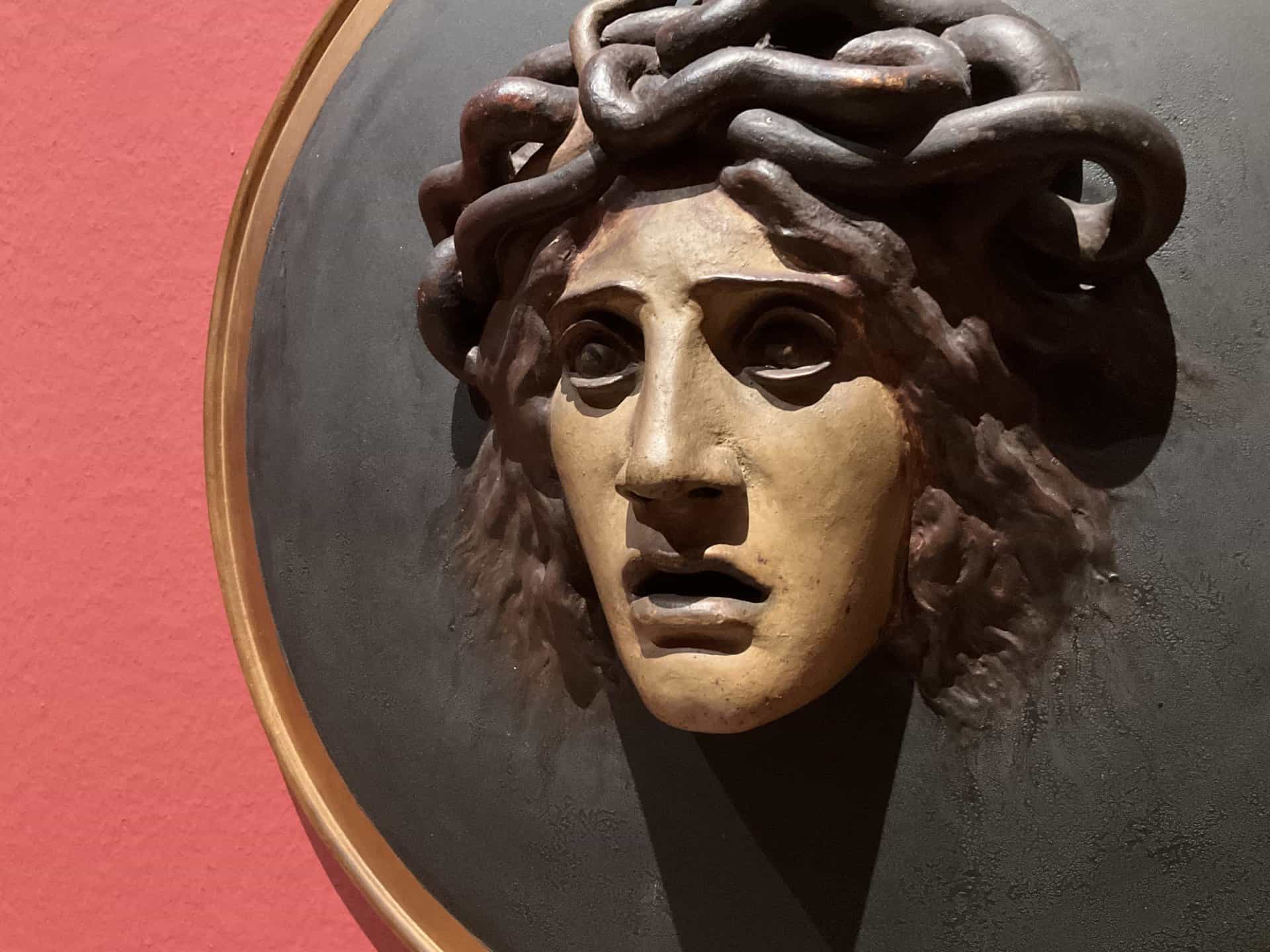
Although to say that denunciation of the horrors of war has replaced the heroization of its participants would be a simplification. At the exhibition there are many works of reflection on human nature in the context of war. Not surprisingly, there are frequent references to traditional narratives (ex. the Trojan War) and images (ex. skulls). But not always, so the atypical visualization of power – a huge walrus on a pile of bones – makes as strong an impression as the traditional in Western culture skeleton, the personification of death.
Perhaps the only thing that stands out from the general mood in this section is the painting War and Peace by the French artist Georges-Antoine Rochegross. He depicted the war as an attractive maiden with a sword, she’s covered with jewels and smugly grinning her teeth, and white doves are bored at the foot of her throne. It is such a gender-inverted illustration of Heraclitus’ wisdom “War is the father of all things” for wailing pacifists, a reminder that the ability to extract “war lucre” is still relevant, especially among those who seek to live by the principles of the ancient heroes literally.
What a Woman Is
Love and war, Venus and Mars are a traditional pairing in art. And the exposition continues with depictions of love (though it is more correct to say “intersex”) relationships. After all, when female images are represented by the Sphinx, Medusa, witch, vampire, Amazon, siren, it is clear that this and part of the exhibition is filled with no less painful reflections than the previous one.
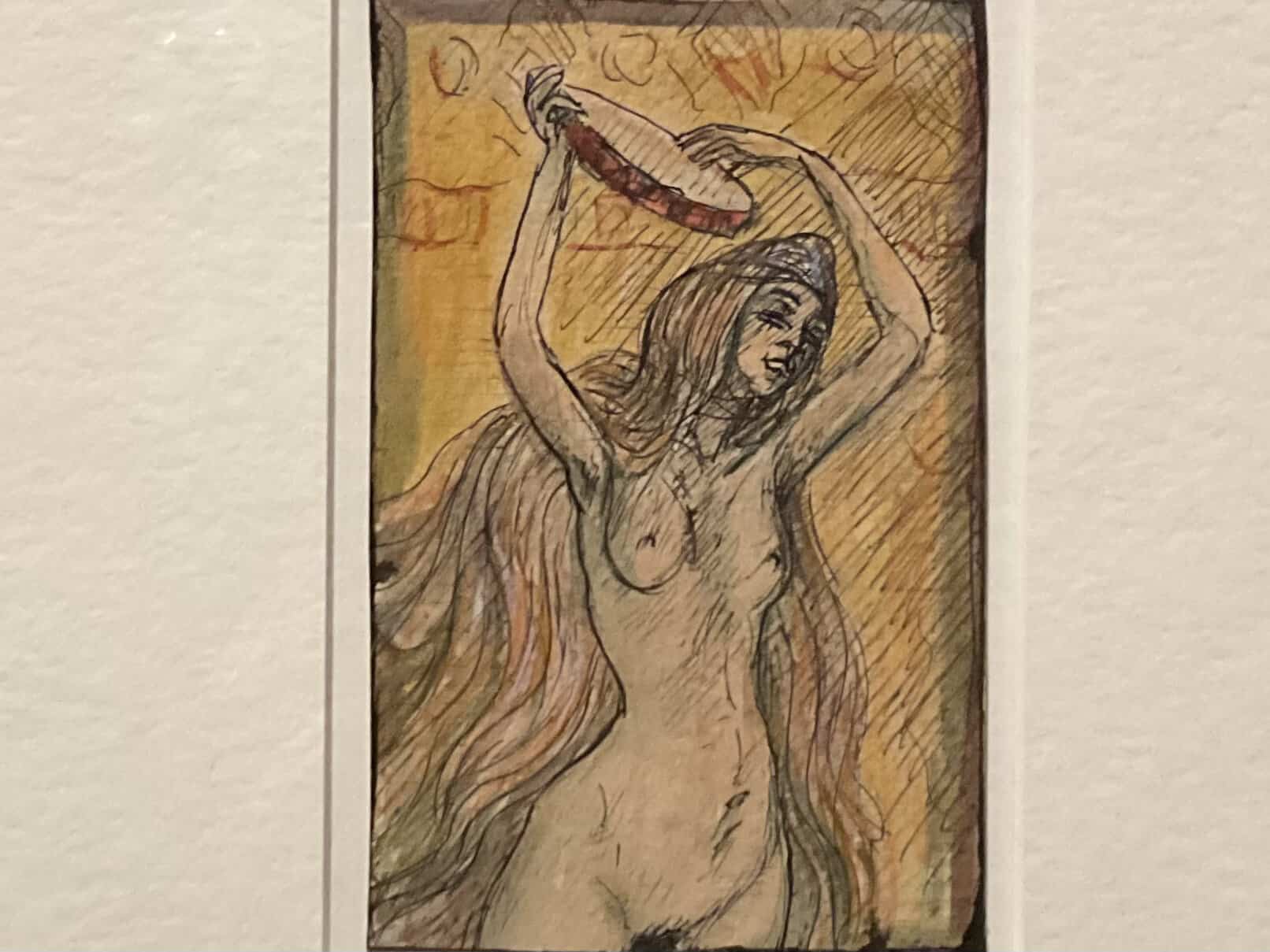
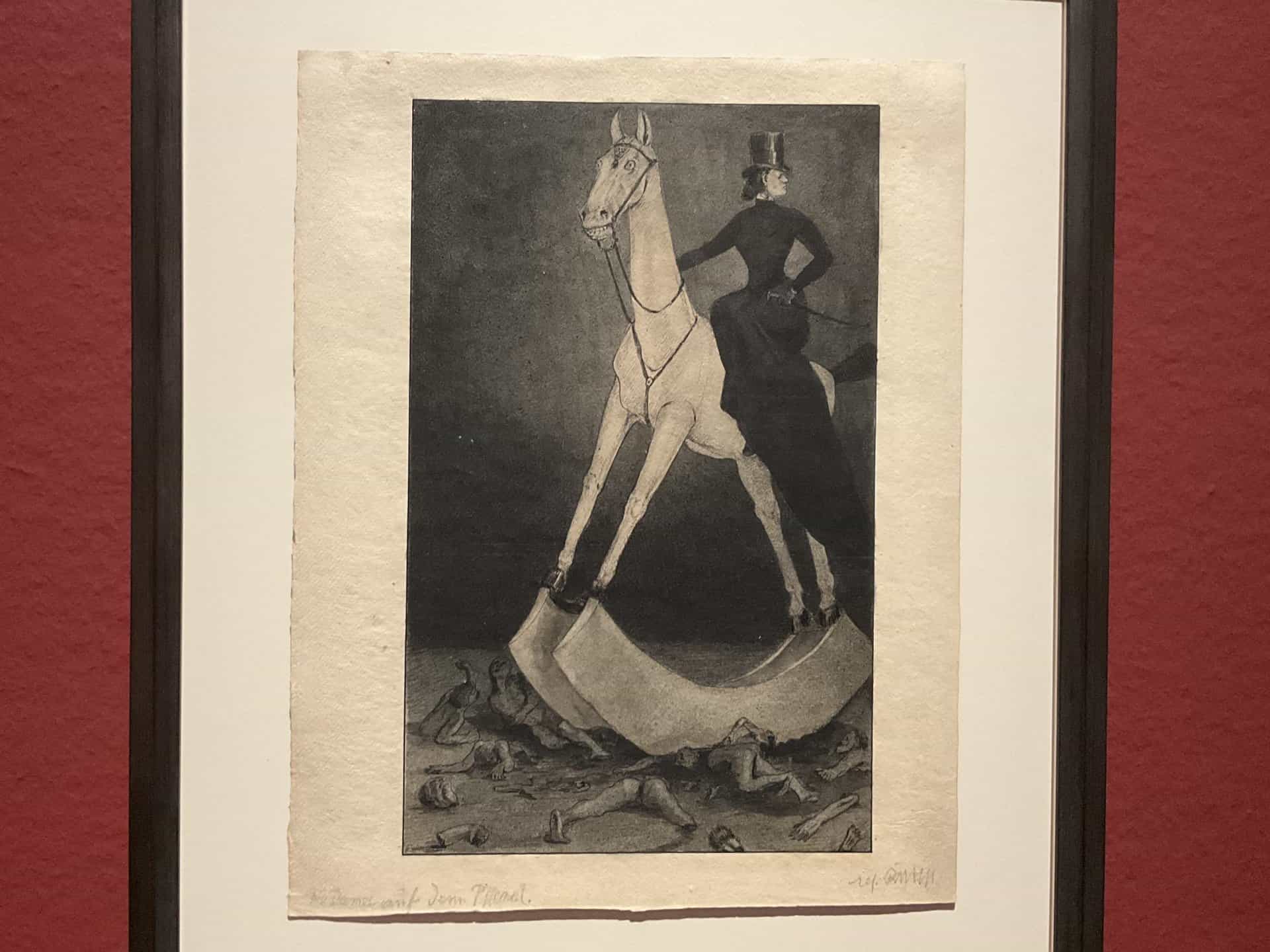
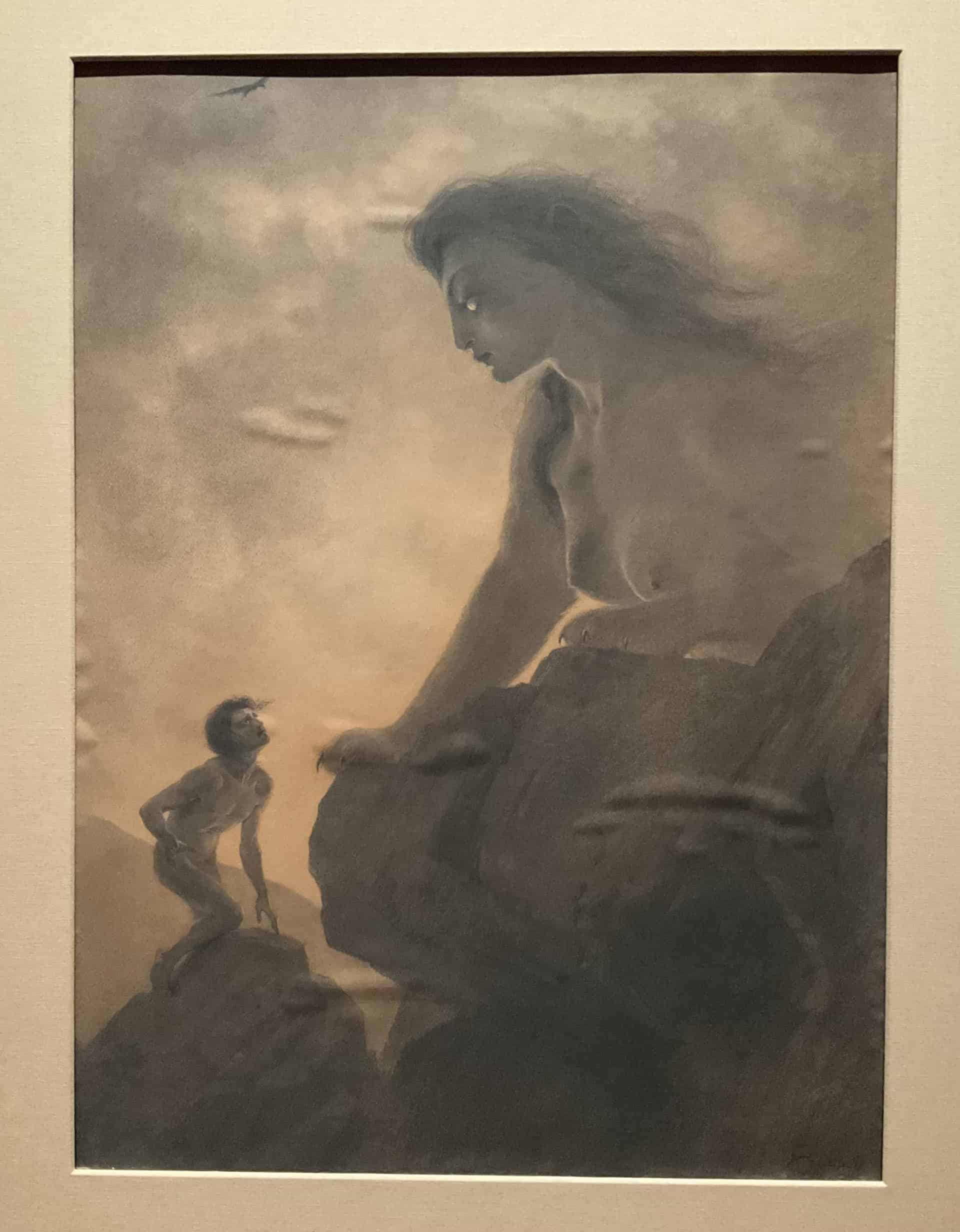
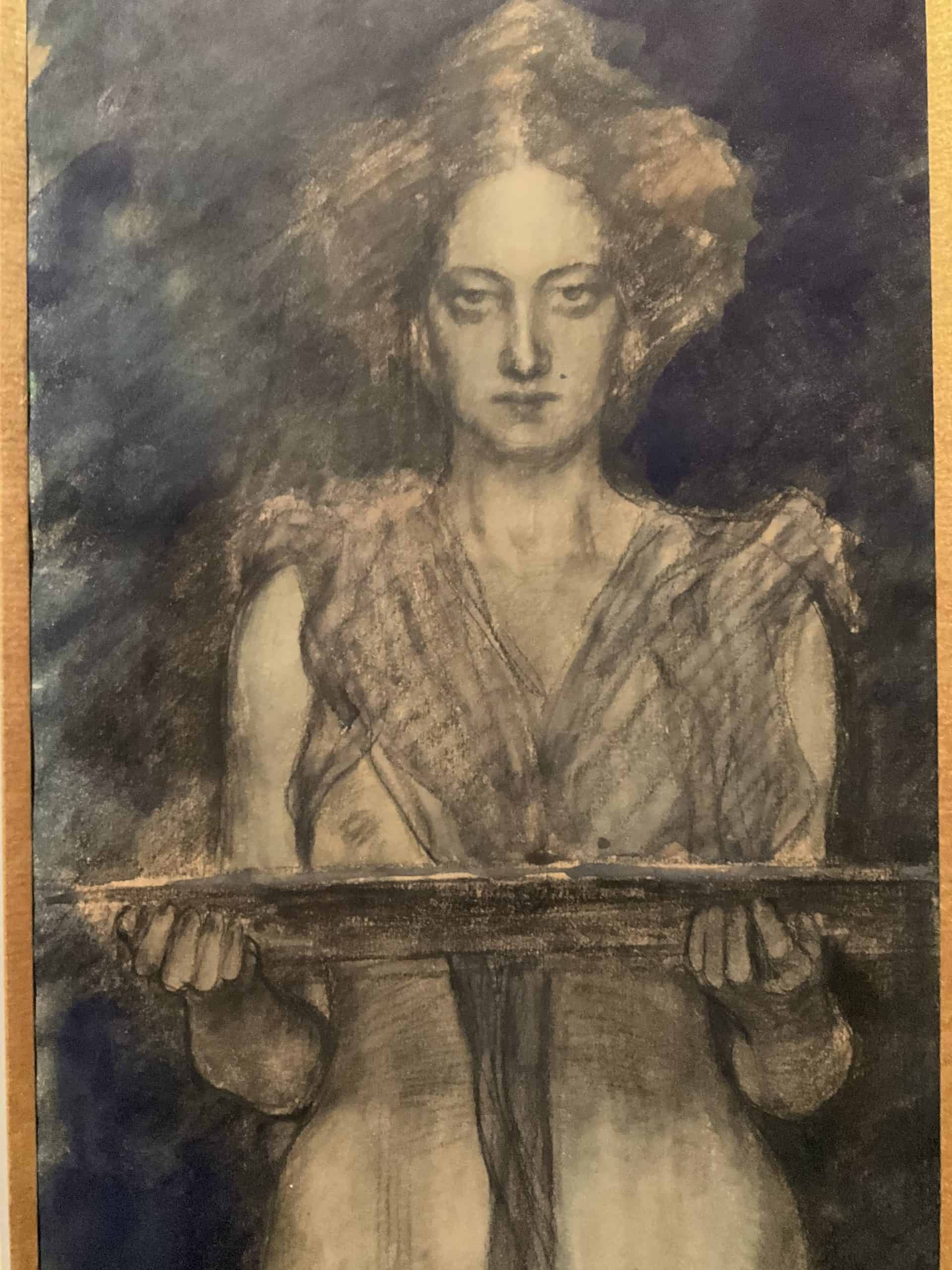
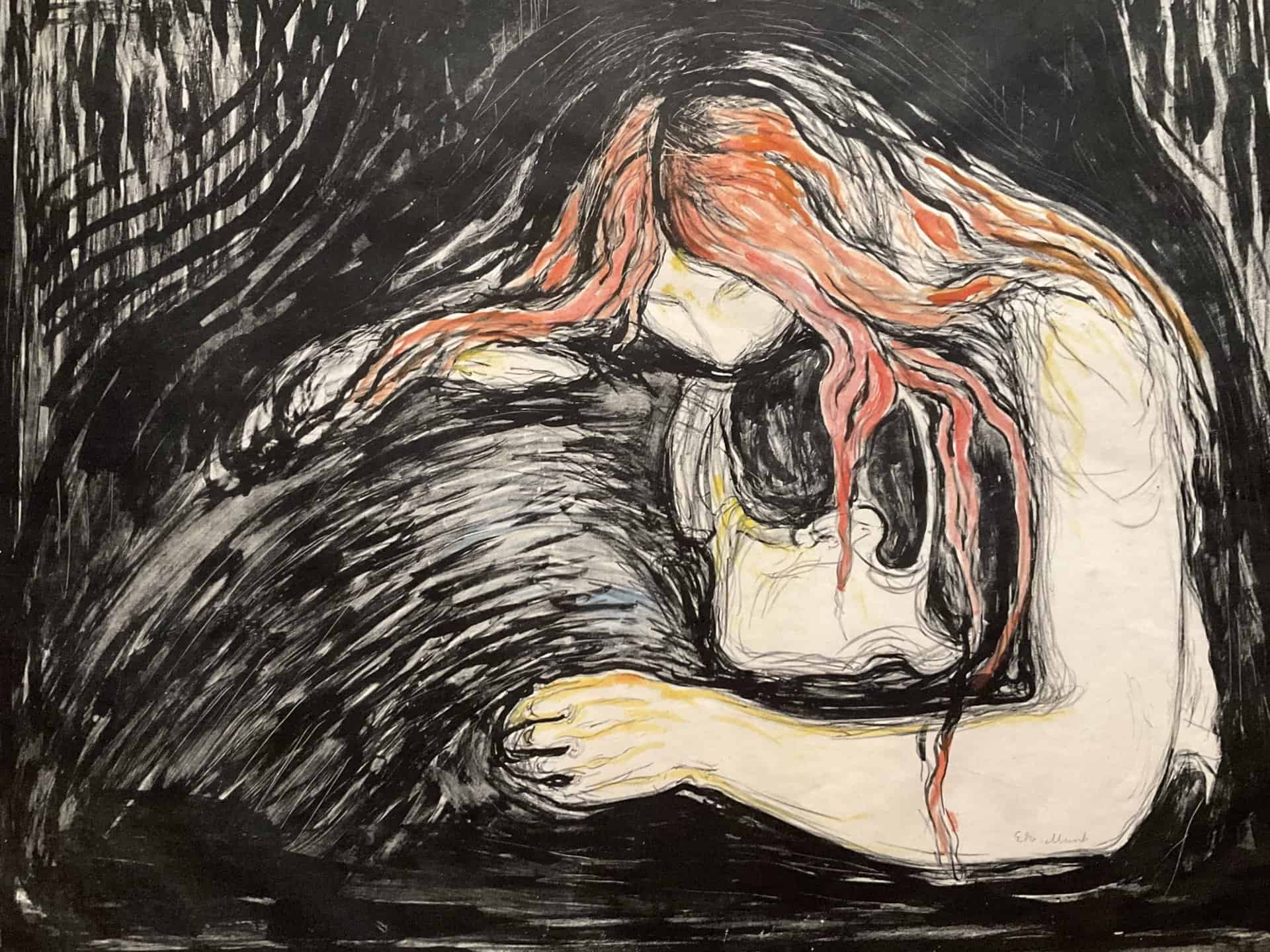
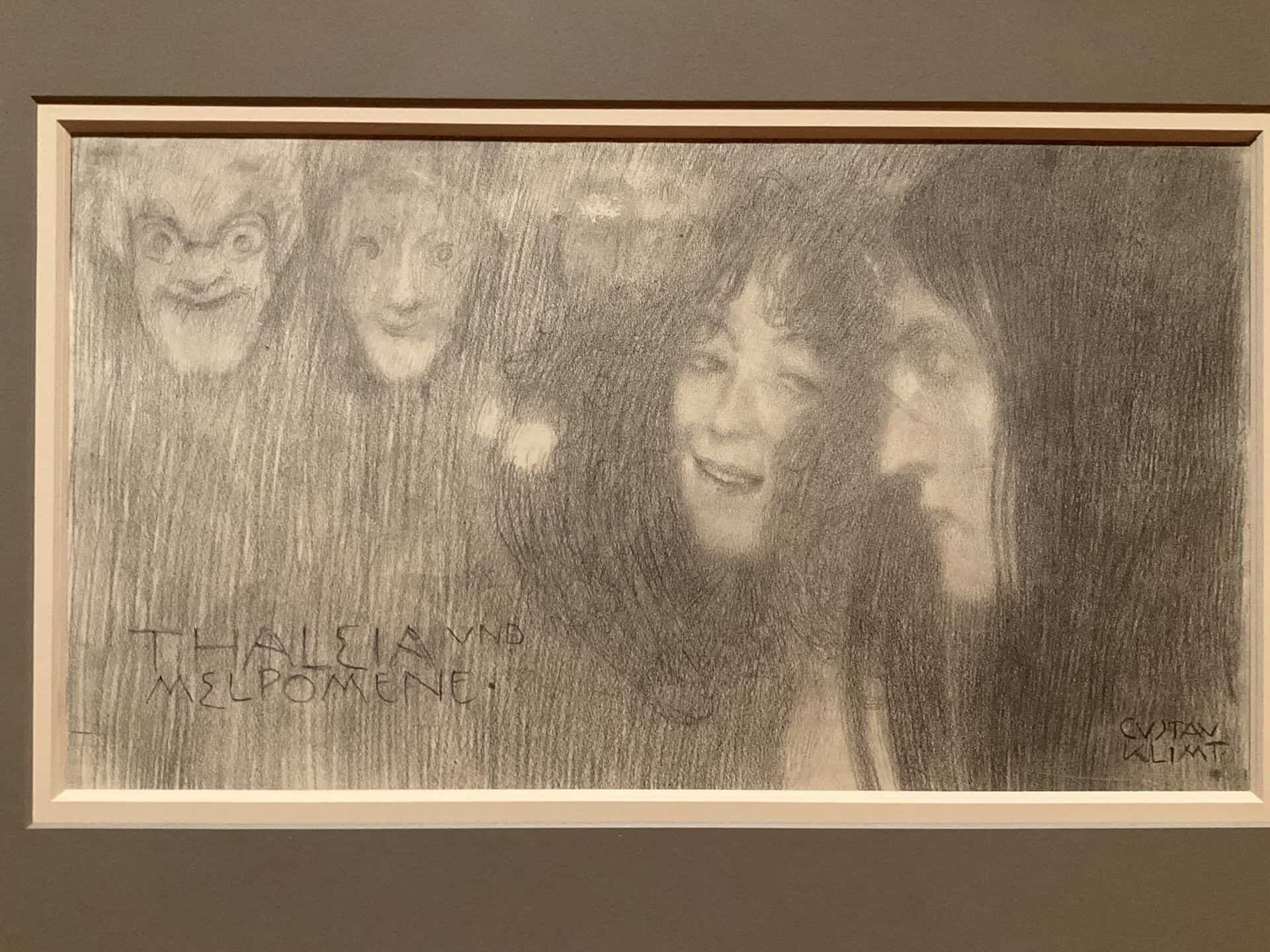

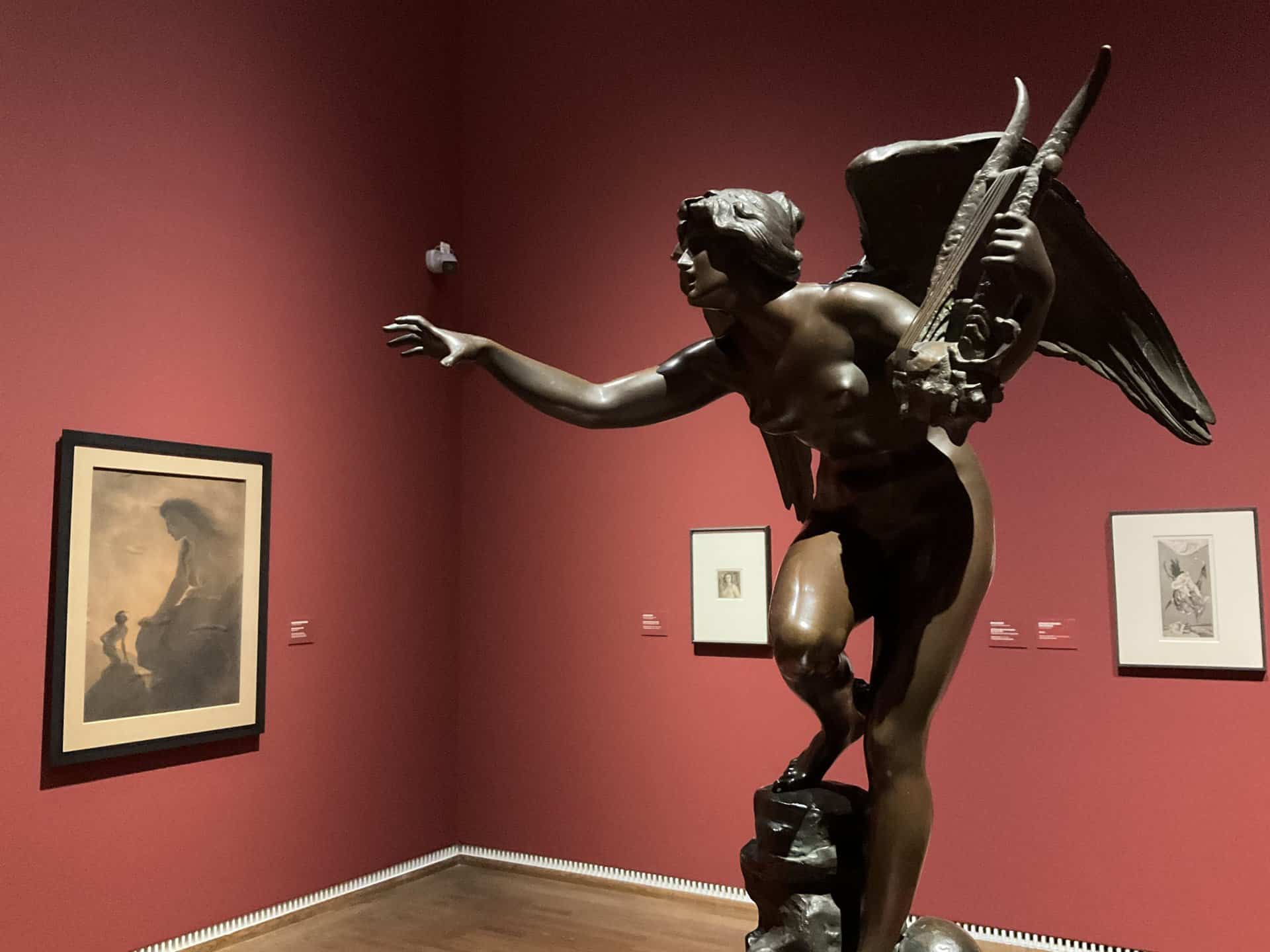
The art of the Viennese Fin de Siècle is rich in images that demonstrate the new sensuality and the new self-sufficiency of women. But while in the permanent exhibitions of Viennese museums we rarely see the apparent insecurity generated by such a state of affairs, this exhibition brings together all possible fears of a Woman who owns both her desire and her body.
She is a giant sphinx, now carnivorous, now indifferent, holding a small male figure in her clutches. She is the devil’s helper, fomenting the lust of the male crowd. She and the lady of society, playfully cutting up a man with a rocking horse.
The seductive Salome, who alone dances to win the head of John the Baptist, is especially common among the images used by various artists. Like the Amazon, alien to any sexuality and openly opposing the man in his traditional field.
Kubin, who was keenly interested in the theories of both Freud and especially Jung, consistently embodies in visual images the discussions of the conscious and the unconscious, the collective and the individual, the archetypal and the instinctive that still continue to this day.
The centerpiece of this part of the exhibition is the symbolist artists Karl Mediz’s “Red Angel”. The figure with wide-spread red wings clearly demonstrates both feminine and masculine features. The painting is excellently suited for the LGBTQ-awareness events that are now obligatory in Vienna museums, but to me the images, rooted in the biblical and ancient tradition, open up more possibilities for interpretation.
But it is precisely these that make the exhibition at the Leopold Museum interesting, that the images drawn from fears, plucked from the souls of artists who struggled with fear, loneliness, insanity and the unknown, are multifaceted. They offer everyone who is willing to ponder it a field for finding their own answers to difficult questions. Or at least a sense of not being alone, which in itself means a lot.
Address: Museumplatz 1, 1070 Wien
The exhibition is on display until July 24, 2022, daily from 10:00 am to 6:00 pm, Thursdays until 9:00 pm. Closed on Tuesdays.
Exhibition page on the website of the Leopold Museum
